Habitats: Asiatic black bears occupy a variety of broad-leaved and coniferous forested habitats with fruit or nut-bearing trees. In southeastern Iran and Pakistan, this species occupies an arid landscape with sparse trees and brush, often using riparian corridors with date palm. In the Russian Far East, their distribution to the north is limited by the northern limits of pine (Pinus koraiensis) and oak (Quercus mongolica), two key foods. Between these range limits they inhabit a wide variety of tropical, temperate, or boreal forests, and may migrate elevationally to take advantage of seasonal foods.
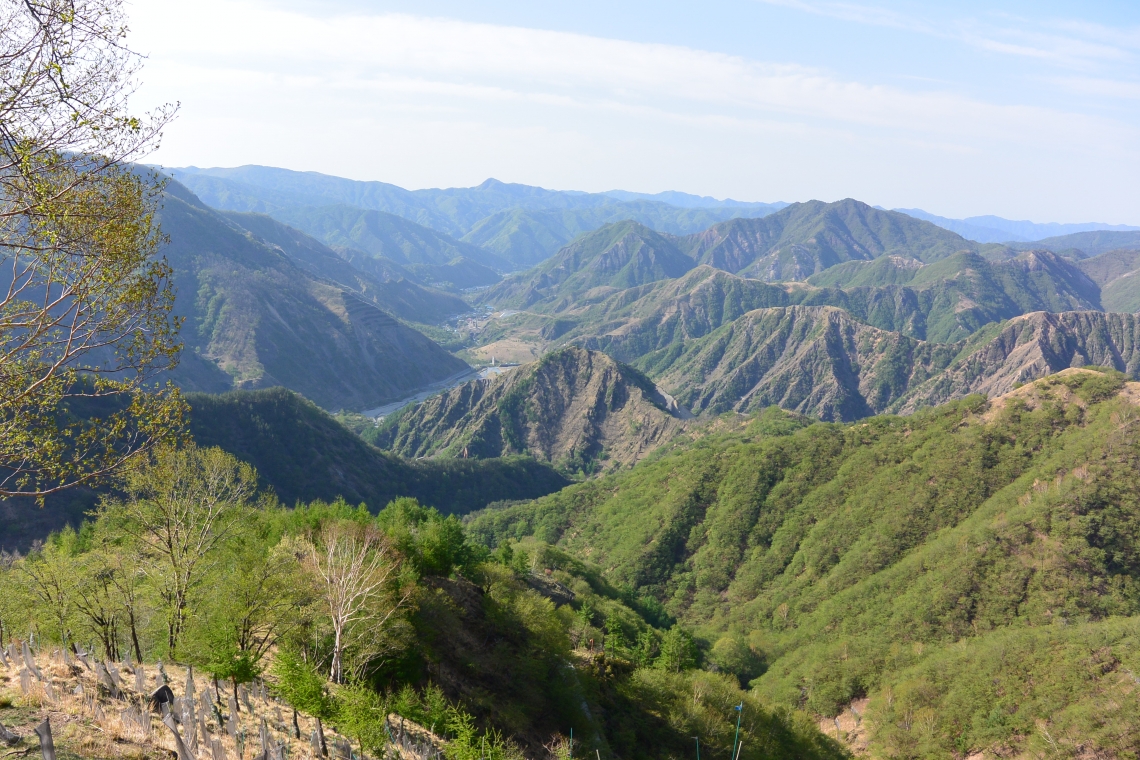
Asiatic black bear_U thibetanus_Nikko National Park Japan_temperate mountainous habitat_K Yamazaki
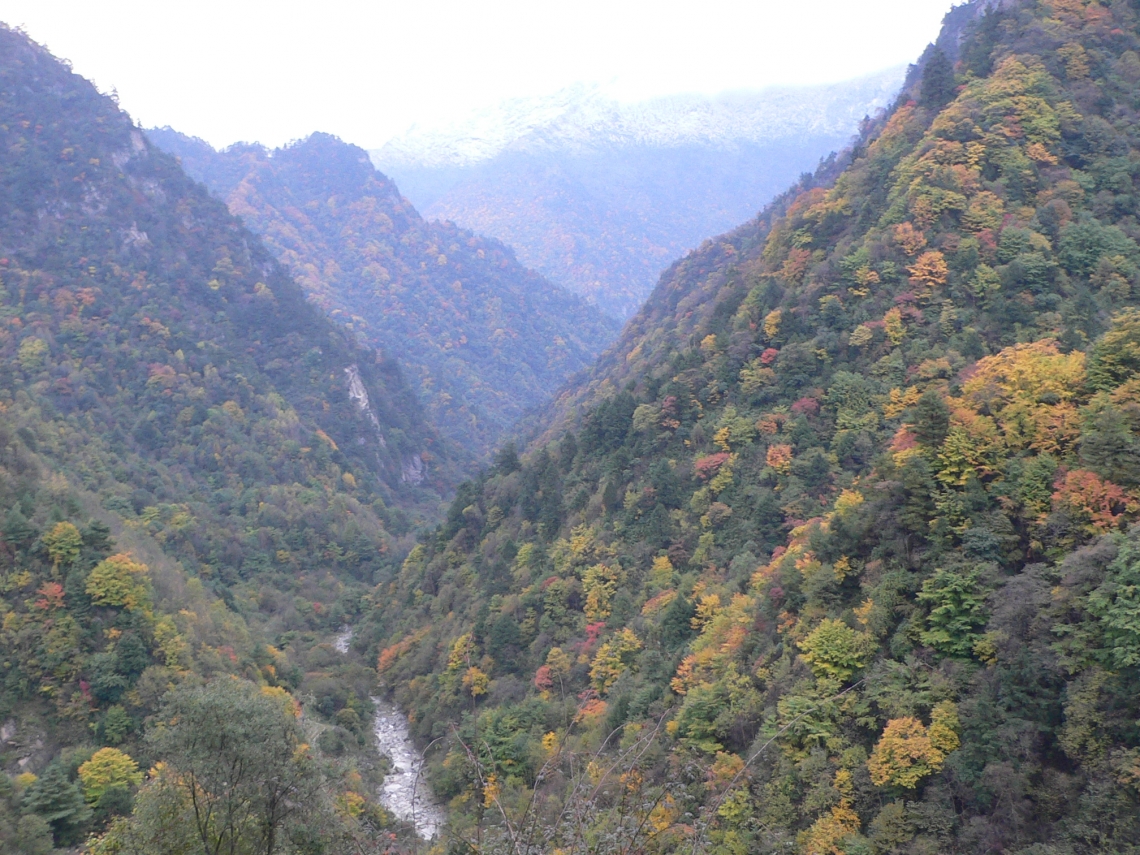
Asiatic black bear_U thibetanus_China_temperate mountainous habitat_D Garshelis

Asiatic blackj bear_U thibetanus_Sichuan China_temperate mountainous habitat_D Garshelis
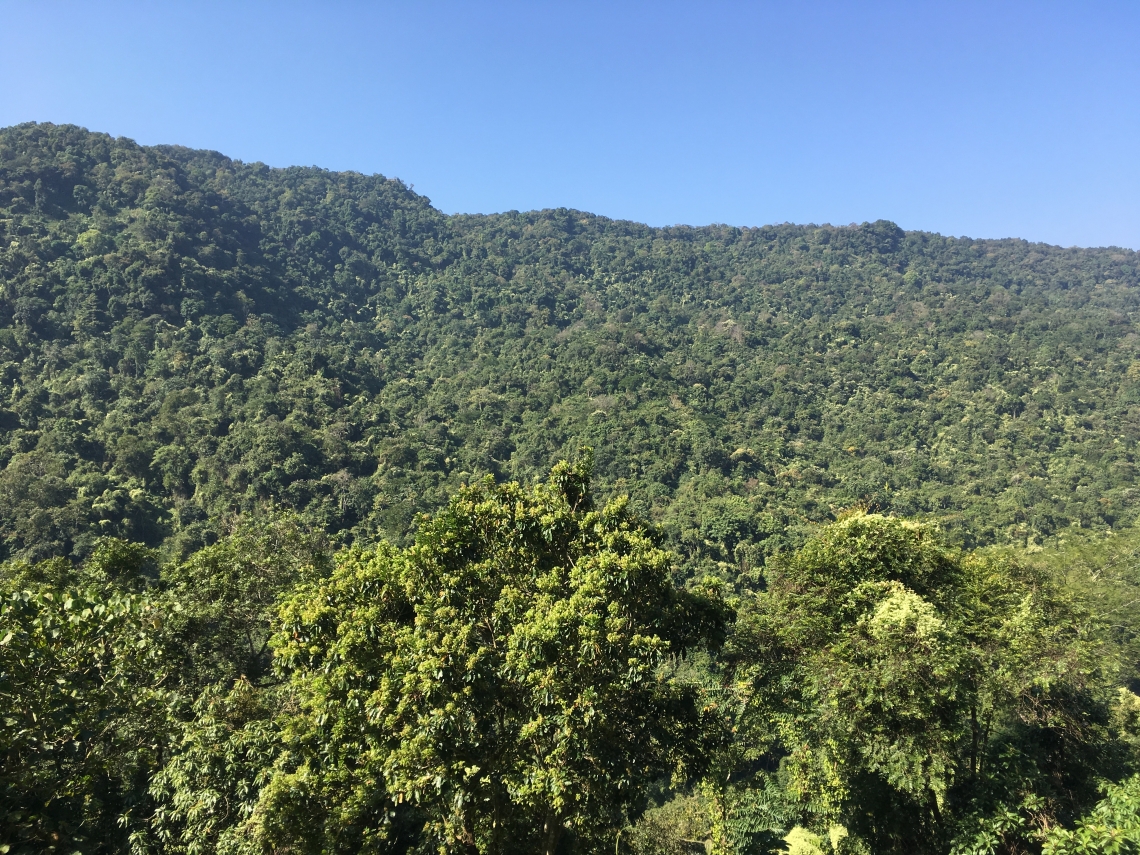
Asiatic black bear_U thibetanus_Balpakram NP, Meghalaya India_forest habitat_D Garshelis
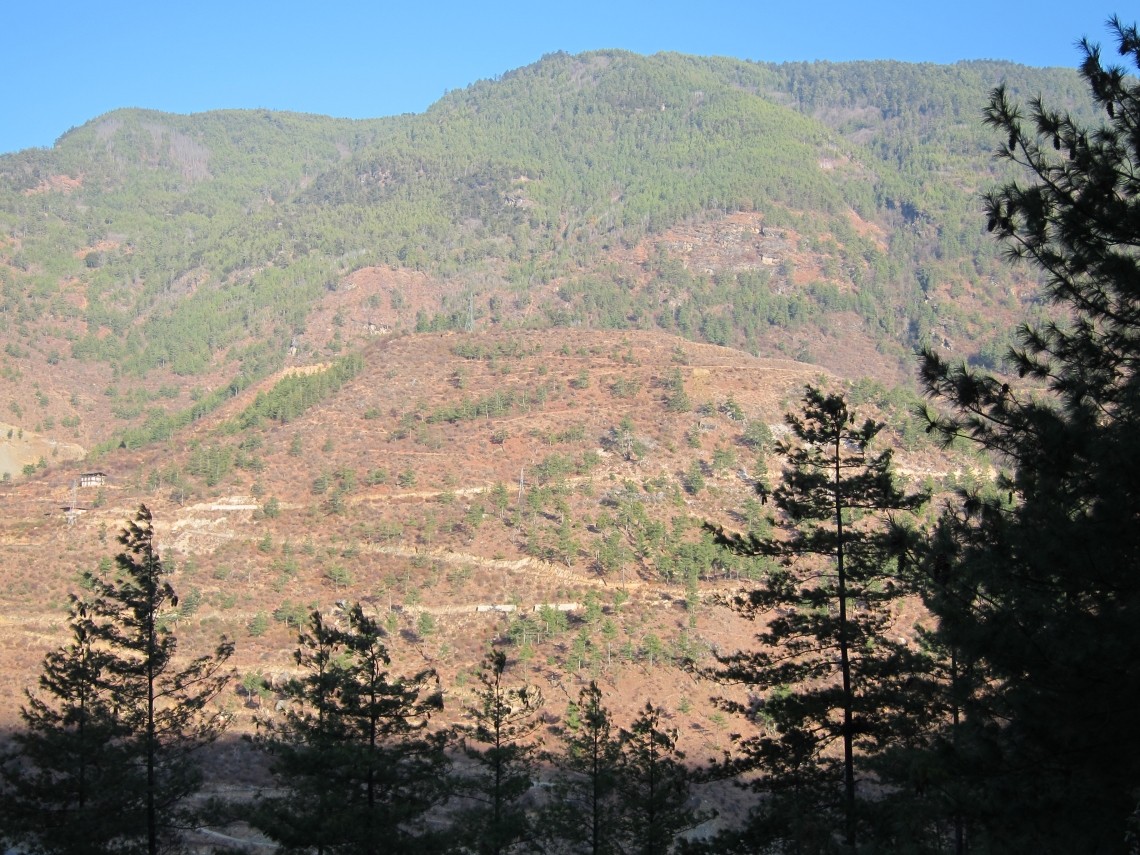
Asiatic black bear_U thibetnus_central Bhutan_habitat_D Garshelis
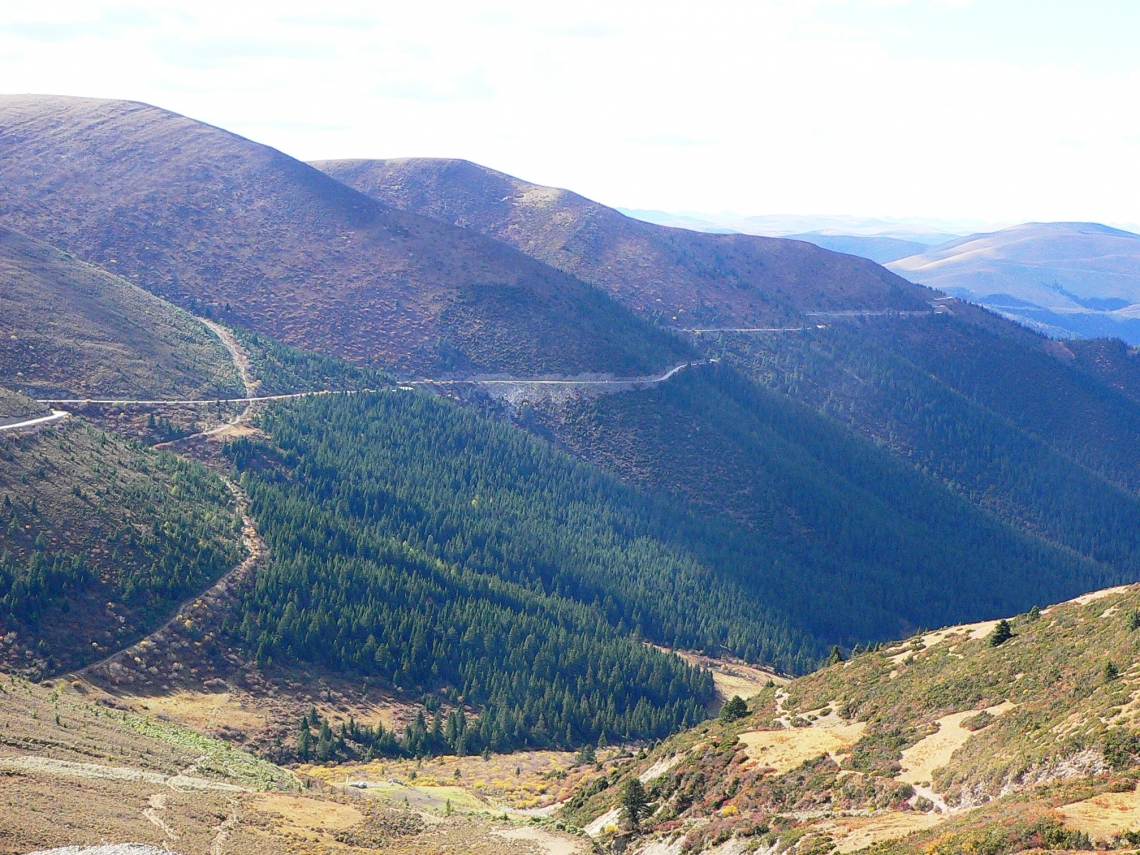
Asiatic black bear_U thibetanus_Tibetan plateau China_habitat up to treeline_ D Garshelis
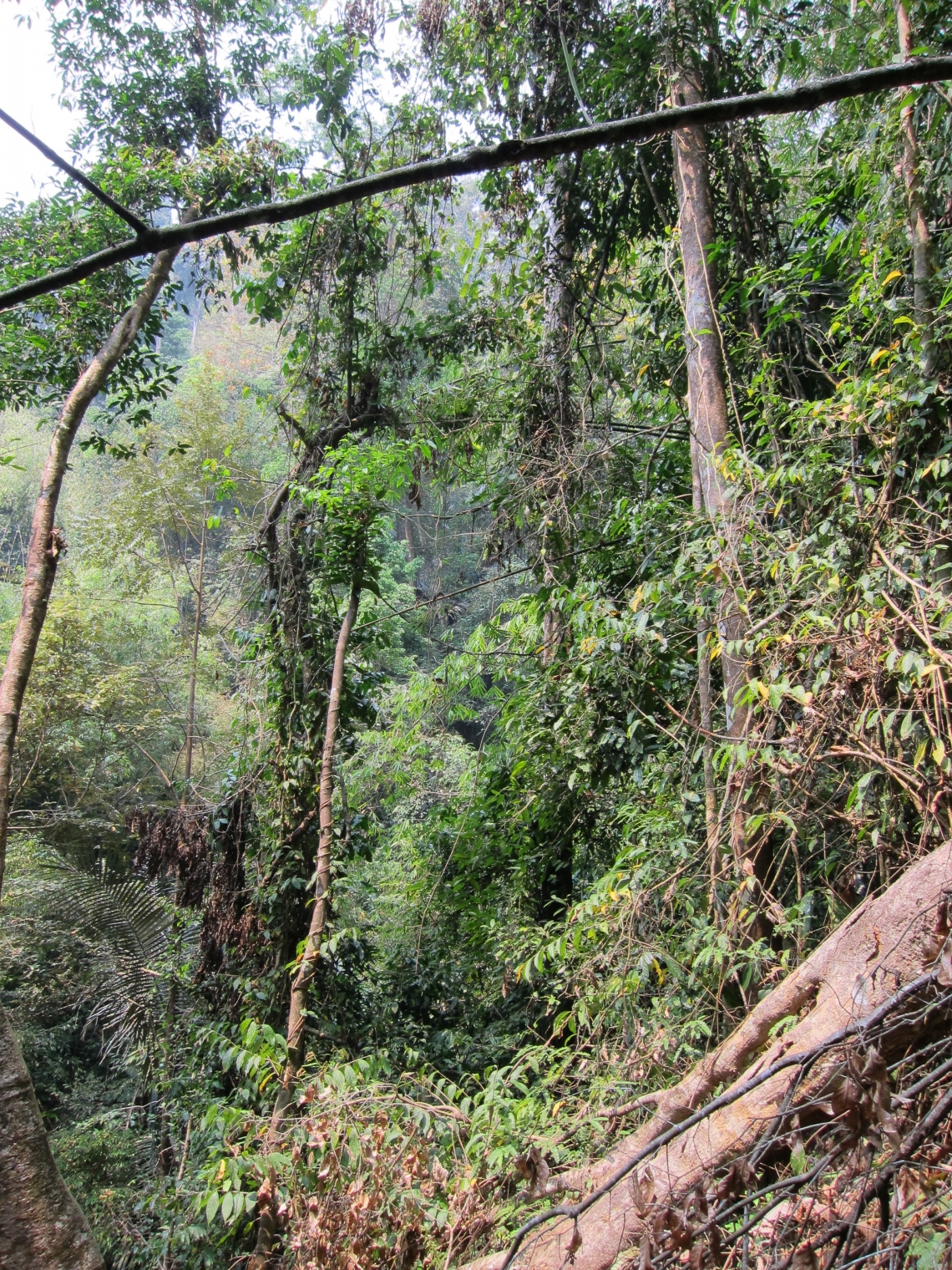
Asiatic black bear_U thibetanus_Lao PDR_tropical habitat_D Garshelis
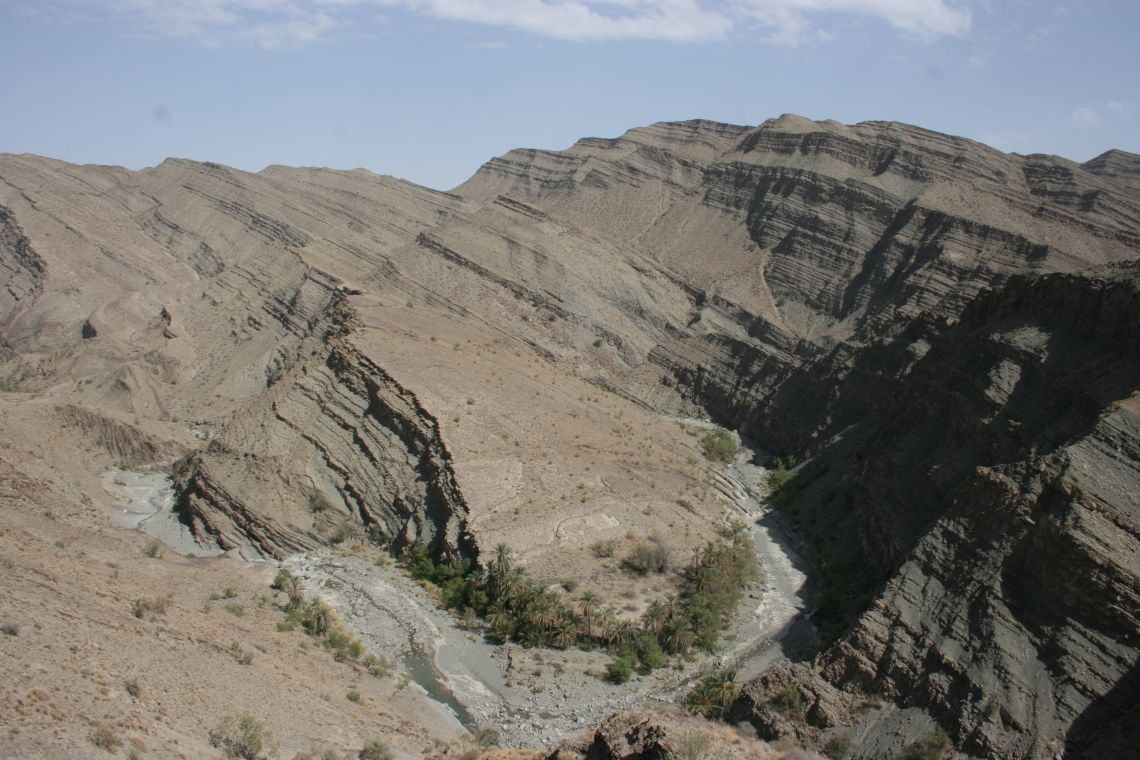
Asiatic black bear_U thibetanus_Hormozgan province Iran_habitat corridor_A Ghoddousi
Diet: These bears consume a wide array of green vegetation, fleshy fruits, and nuts. In temperate areas the diet changes seasonally, normally starting with young green shoots and leaves before fruits are available. They often climb trees to eat fruits; when feeding in some types of trees, they break branches to reach the fruit and sit on the branches, forming a distinctive “platform” that is a useful field sign. Their diet may also include insects, such as ants and bees, and meat from wild mammalian ungulates, which they either kill or scavenge. The amount of insects and meat in the diet varies greatly by area and season. They rarely eat fish. In some areas they feed extensively on anthropogenic foods such as row crops (corn, buckwheat, oats), garden vegetables, fruit-producing orchards (apples, date palm), and livestock, from poultry, sheep and goats to (occasionally) large animals like cattle and yaks.
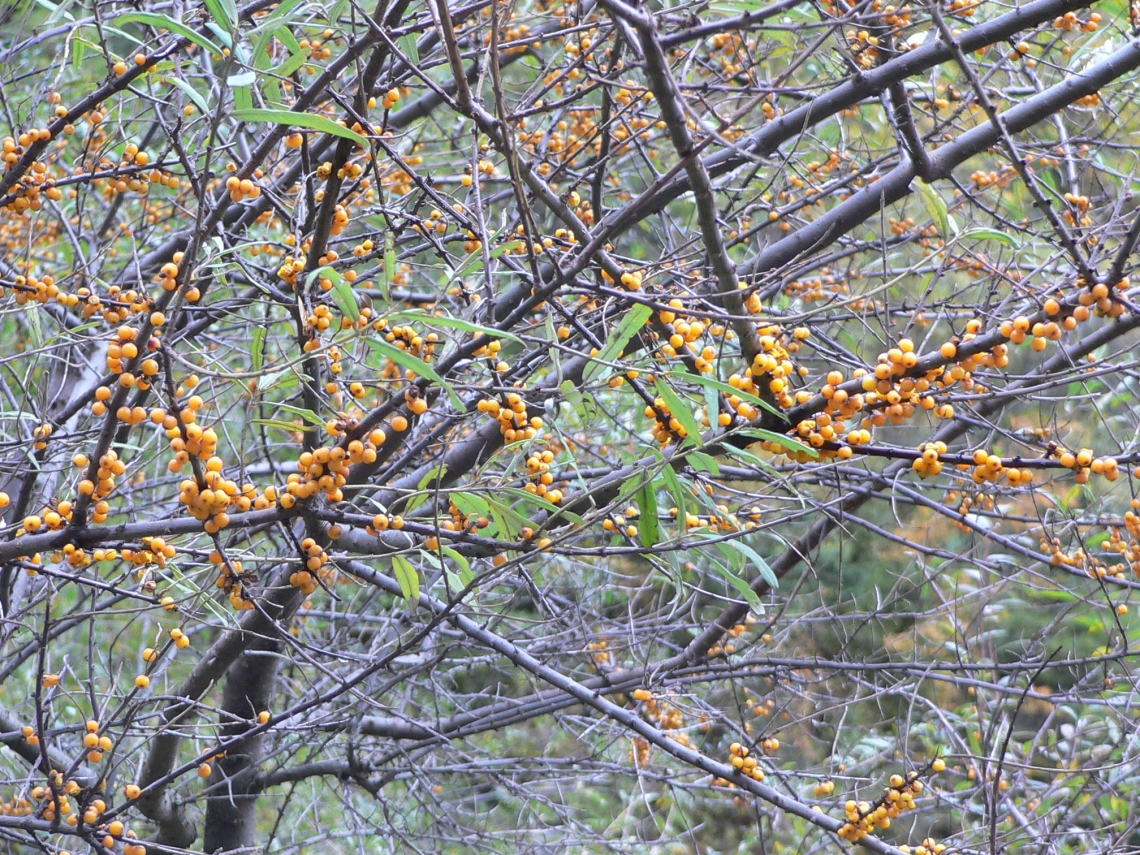
Asiatic black bear_U thibetanus_Sichuan China_bear food_D Garshelis

Asiatic black bear_U thibetanus_Sichuan China_soft mast_D Garshelis
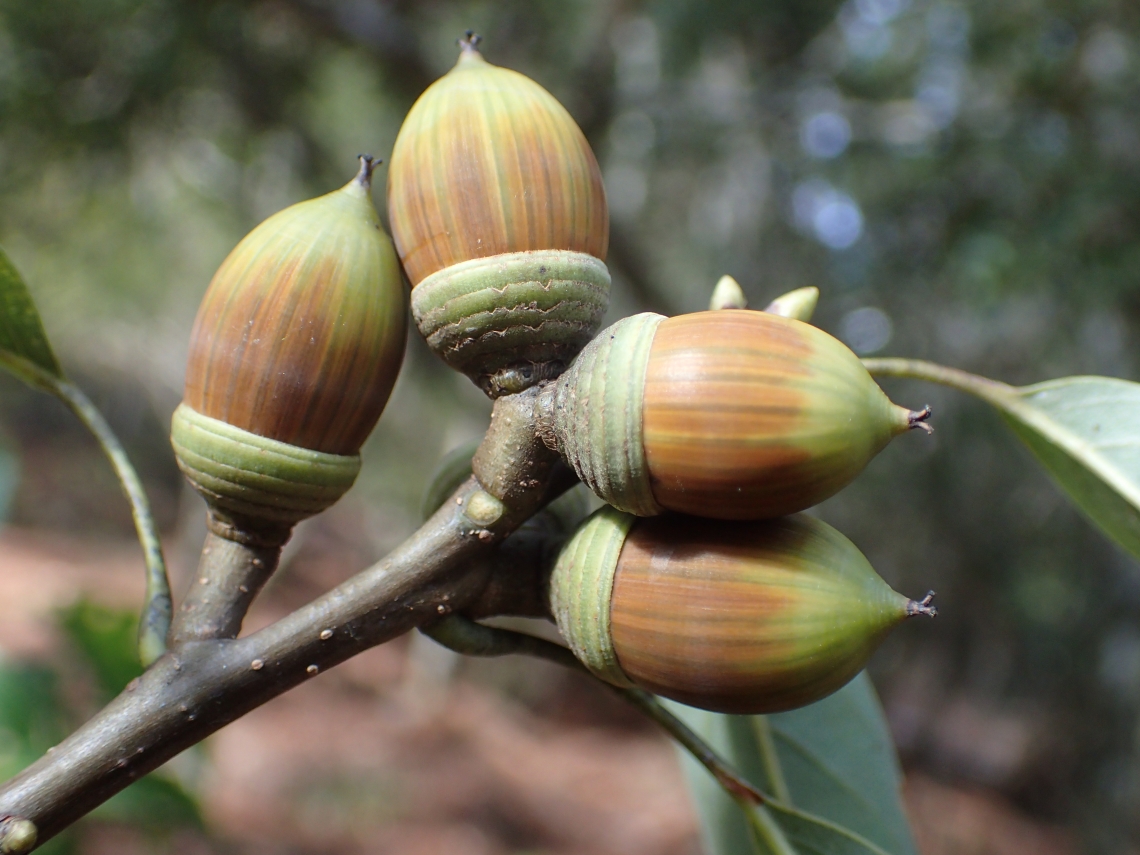
Asiatic black bear_U thibetanus_Taiwan_acorns_M-H Hwang
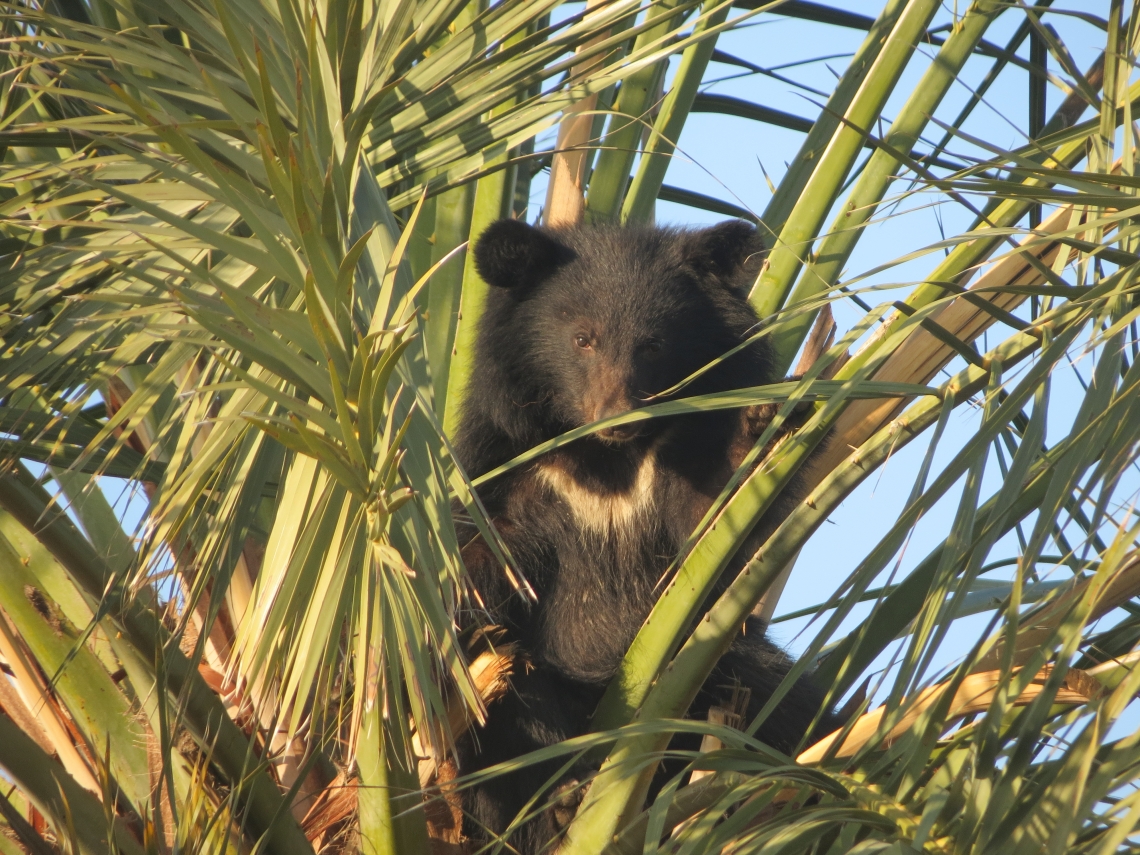
Asiatic black bear_U thibetanus_southern Iran_bear in date palm tree_T Ghadirian
Hibernation: Asiatic black bears exhibit greater variation in hibernation than any other species of bear. Whereas some bear species do not hibernate, and others hibernate in nearly all parts of their range (but varying in amount of time), Asiatic black bears hibernate only in northern parts of their range (Russia, Korea, Japan and northeastern China) and in high altitudes along the Himalayas, where foods are not available in winter (especially due to snow). In southern parts of the range pregnant females use birthing dens and may fast, but other bears remain active year-round.
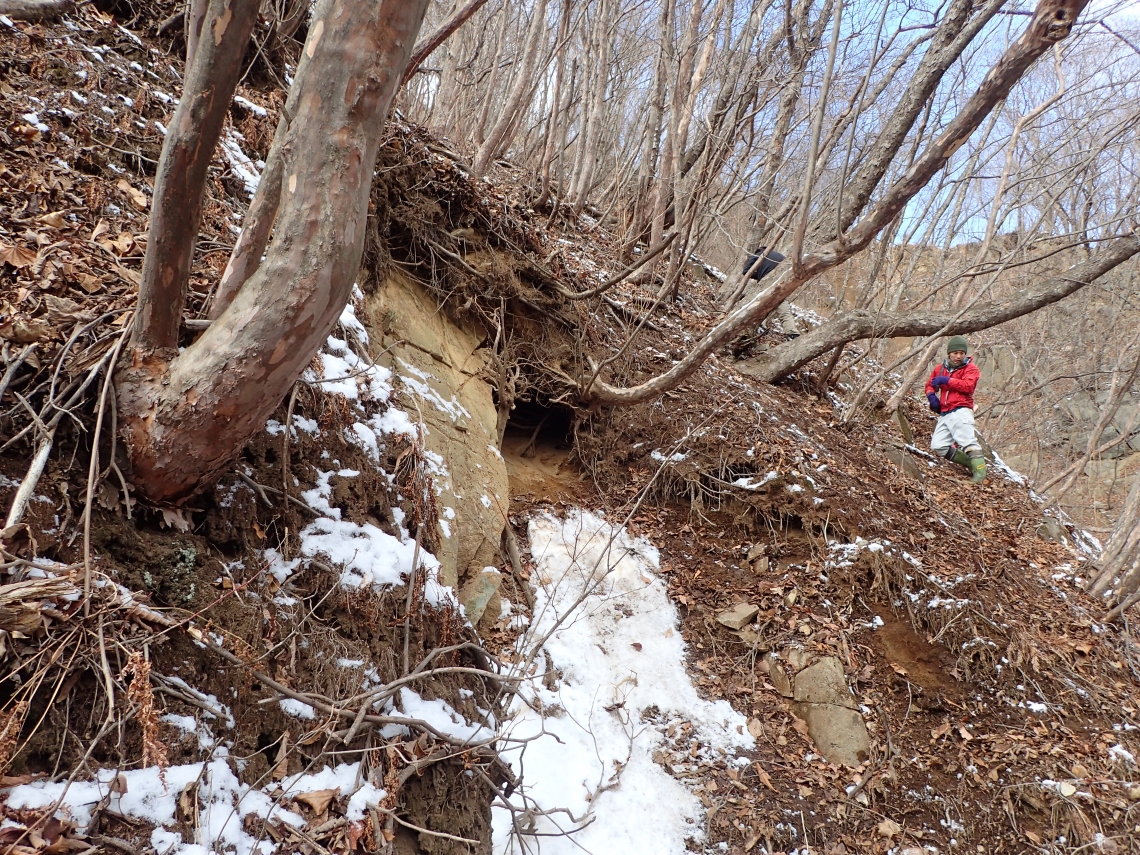
Asiatic black bear_U thibetanus_Nikko National Park Japan_bear-excavated den site_K Yamazaki

Asiatic black bear_U thibetanus_Sichuan China_rugged denning habitat, protection against human disturbance_D Garshelis

Asiatic black bear_U thibetanus_Changqing National Nature Reserve, Shaanxi Province, China_bear in snow March 18_Sheng Li
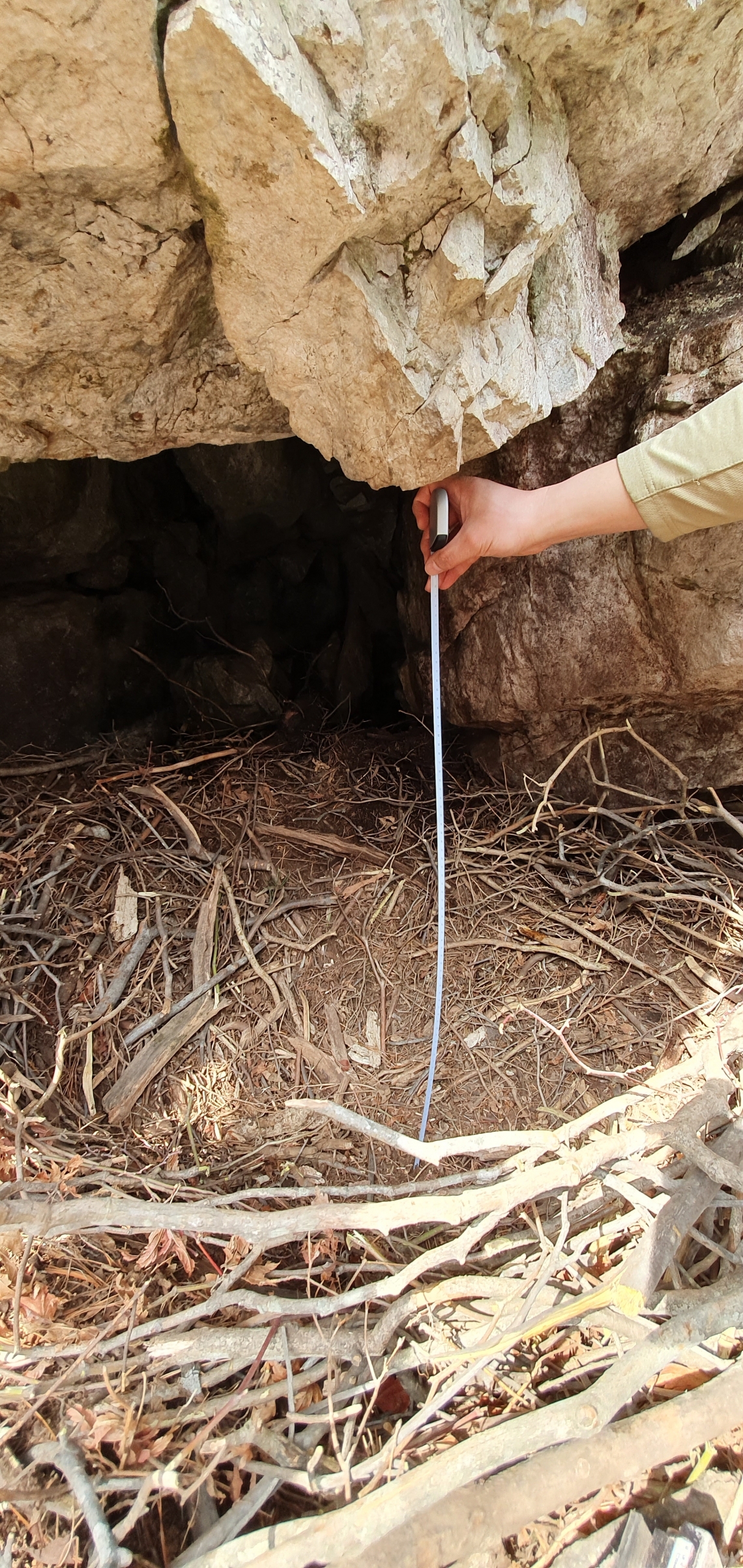
Asiatic black bear_U thibetanus_Jirisan NP, Republic of Korea_researchers measuring hibernation den on rock ledge_D-H Jeong
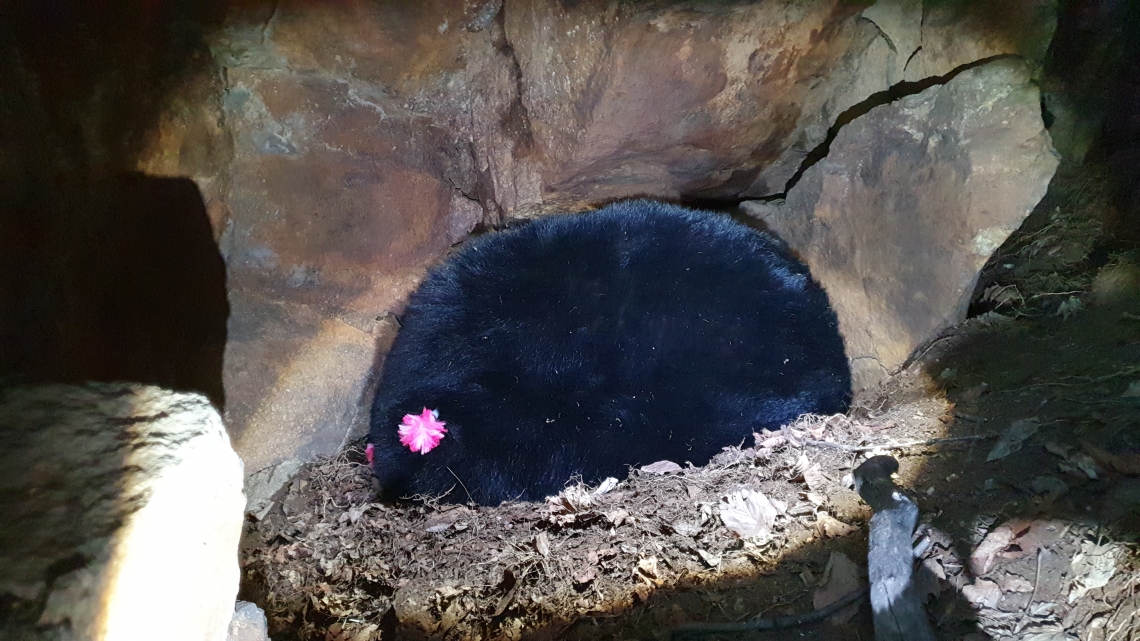
Asiatic black bear_U thibetanus_Jirisan NP, Republic of Korea_bear hibernating in rock den with immobilizing dart in hip for research purposes (head tucked under chest; 2 cubs under mother's body)_D-H Jeong
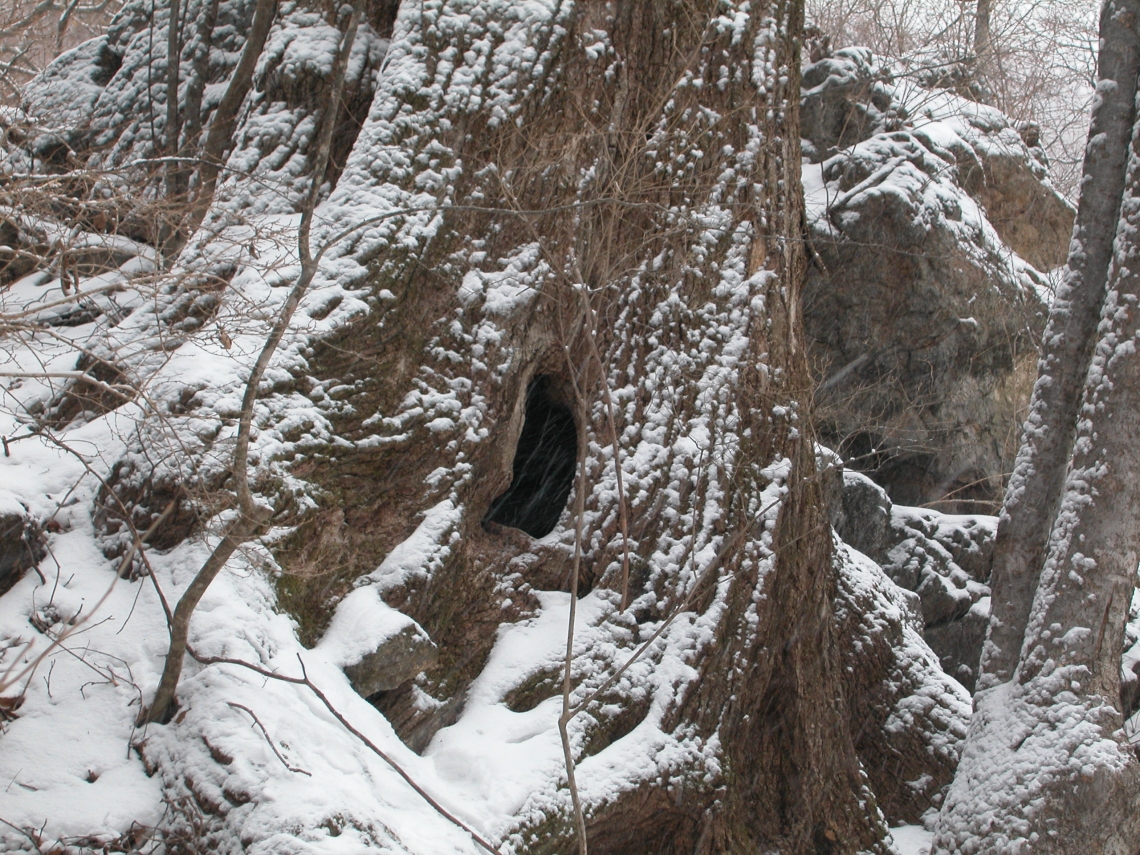
Asiatic black bear_U thibetanus_Republic of Korea_hibernation den of 2-year-old bear inside large hollow Mongolian oak tree_D-H Jeong
Reproductive cycle: Asiatic black bears generally breed during June–July and give birth during November–March; however, timing of reproduction is not known for all portions of the range, and some data are from captive bears. Age of first reproduction is typically 4–5 years old, and females normally produce litters of 1 or 2 cubs (occasionally 3), which remain with her for 1.5 years, allowing females to produce cubs every 2 years.
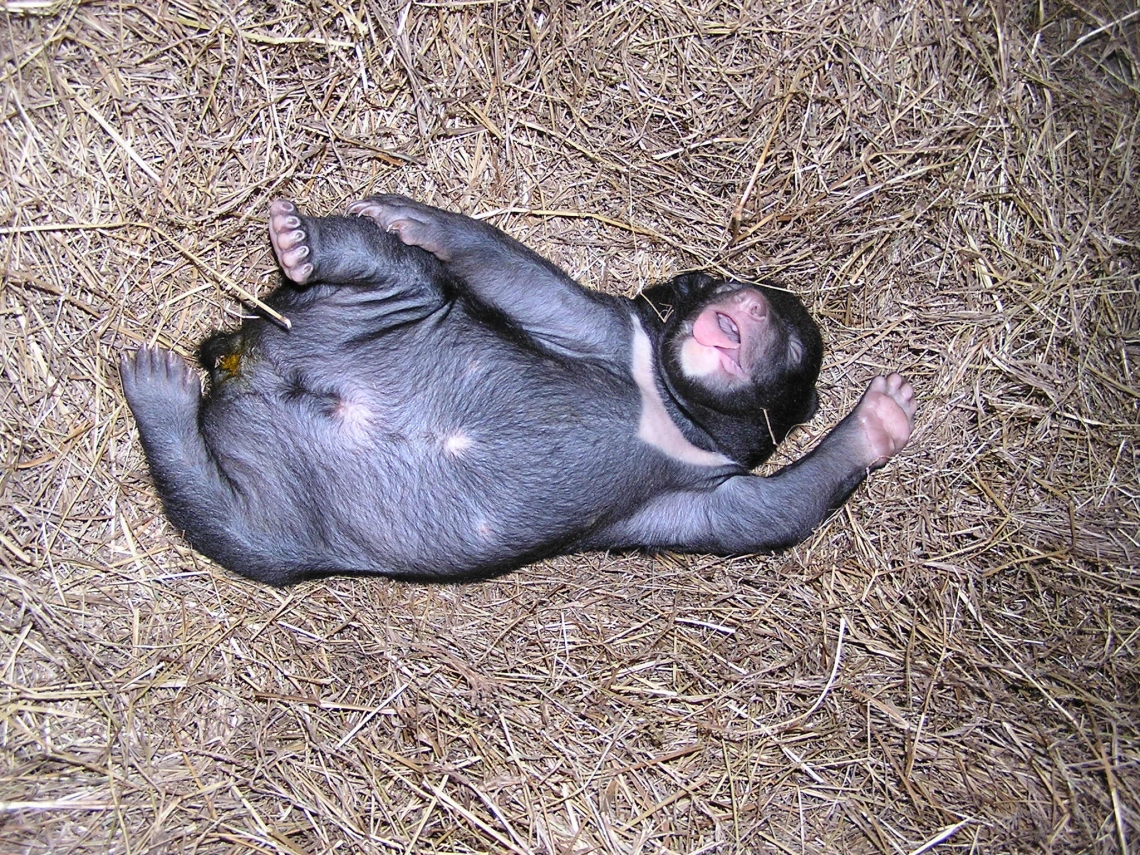
Asiatic black bear_U thibetanus_Moon bear cub 33 days old

Asiatic black bear_U thibetanus_Russian Far East_mother and cub rubbing on tree_I Seryodkin
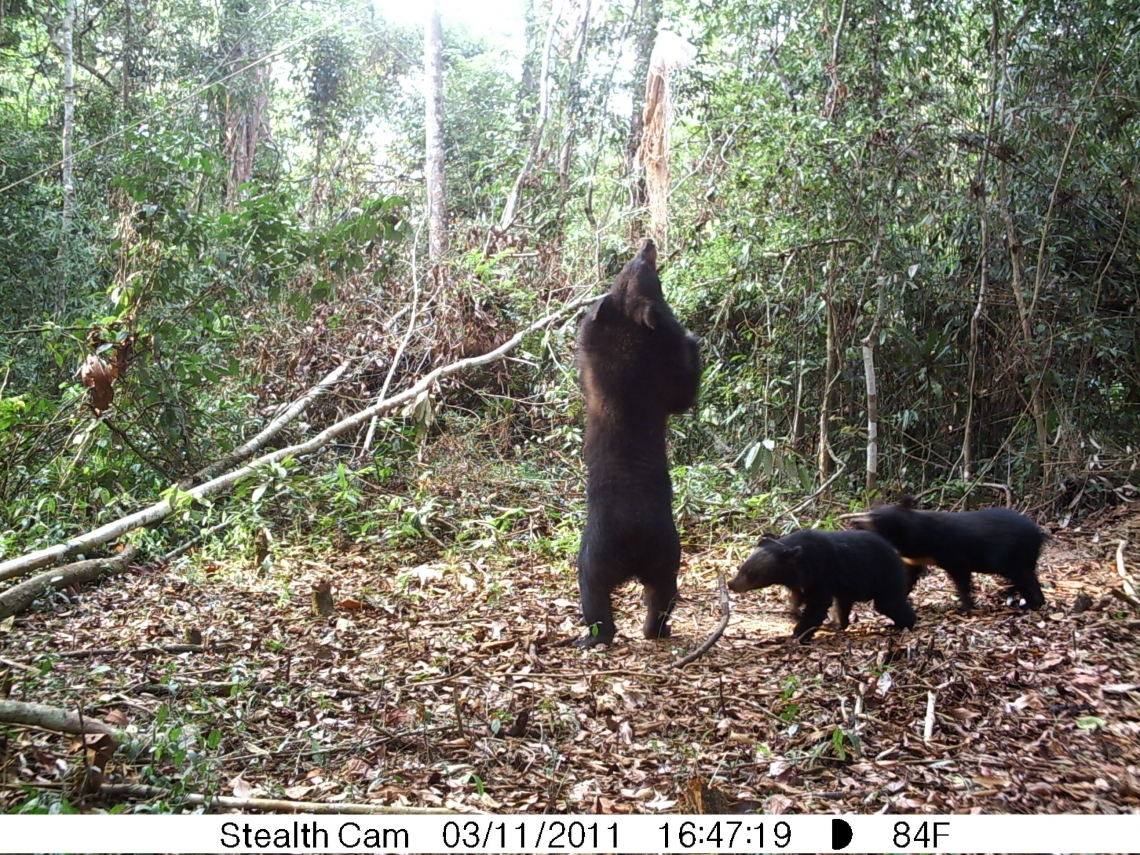
Asiatic black bear_U thibetanus_Thailand_mother with 2 cubs camera trapped_D Ngoprasert
Asiatic black bear U thibetanus_Thailand_ mother with cubs investigating scent smeared on tree by researcher_D Ngoprasert